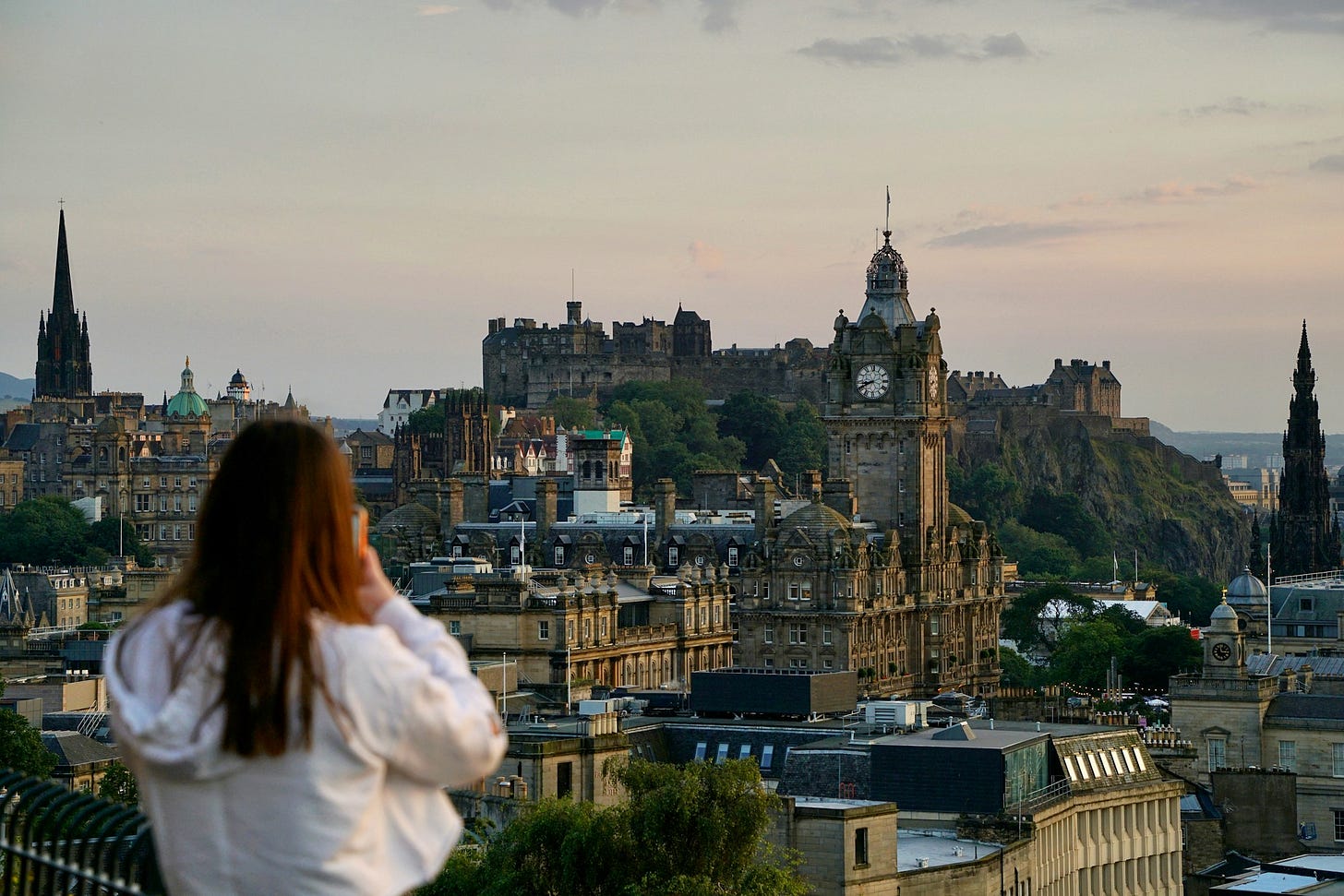What would an Edinburgh designed for women look like?
The Capital’s commitment to feminist city planning and what it really means

Shortly before Christmas, Edinburgh reaffirmed its commitment to being a “feminist city”, with the council pledged to mainstreaming gender equity into all planning decisions.
The Capital isn’t the first city to do this, not even the first in Scotland. Glasgow made a commitment to feminist town planning a few years ago.
For most people, though, the concept remains somewhat bemusing. Of course, employment policy, education, and healthcare all need to make sure people of all genders are treated equally. But why do we need our cities to be feminist? And what does that actually look like?
I spoke with Daisy Narayanan (MBE), one of a handful of politicians, architects and academics who were instrumental in bringing feminist urbanism to Edinburgh, about what a “feminist city” really means for Edinburgh and how this new facet of planning policy came about.
Narayanan first came to Edinburgh Council on secondment to support with the City Centre Transformation, and went on to spend three years as head of Place Making and Mobility. In the early years, Narayanan experienced the nastier aspects of public discourse around transport, particularly as a woman of colour. “It was an interesting kind of experience, because some of the stuff that you see is not very pleasant. Some of the public discourse can get quite vicious. So both the online space, offline spaces… I thought, actually, neither of them are very safe for women,” she says.
Despite this, Narayanan speaks (dare I say unusually) highly of her time at the local authority: “What an immense privilege it was to work in the council… it’s really hard… but everywhere, there was so much ambition for change, really putting ourselves out there, [at] the forefront of that change, like other global cities.”
Cities designed by men and for men
With training in architecture and a career in place-making (the idea of escaping bureaucratic silos to just make the places we all live, work and spend time in better) Narayanan was intrigued by the release of various studies and books about who places have been designed for. Financial Times book of the year 2019 Invisible Women and 2020 publication Feminist City: reclaiming space in a man-made world opened Narayanan’s eyes to the ways in which what we consider a “normal” city has been designed primarily by, and for, men.
“We have data and evidence that women experience cities differently from men,” says Narayanan. Transport, for instance, often centres around a full-time working person who commutes into town in the morning, and out in the evening. That is the case despite “trip-chaining” -making multiple trips to shops, nursery, and school, often with children, buggies or otherwise “encumbered” - being more the norm, at least for women. Sustrans research in Glasgow also found women are less likely to use active travel modes, including cycling, than men. That is down to multiple reasons, including safety concerns, trip-chaining and travelling with children, as well as expectations for how a woman should look at her destination (probably not sweating and dishevelled).
Keep reading with a 7-day free trial
Subscribe to The Edinburgh Inquirer to keep reading this post and get 7 days of free access to the full post archives.



